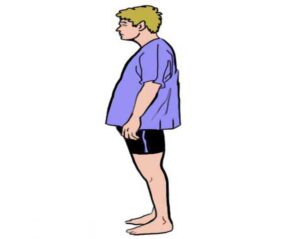Here’s a short video about the Tensor Fasciae Latae (TFL) and the Iliotibial Band (ITB). It’s an example of an area we look at in the Muscle Anatomy and Assessment Skills CE class. After discussing the anatomy, you get on the table and work on these areas on each other. (See below for more information.)
In this class we do a full refresh on the muscles that LMTs work on – where they are, what they do, etc. We get physical, too, palpating the muscles on ourselves and each other, testing active and passive range of motion (ROM), even some resistance testing for strength.
We do some ‘geography’ lessons, where we find the bony landmarks and the attachments of the muscles. Sometimes, we find tender points and trigger points while palpating ourselves and others. Where appropriate, we’ll take some time for treatment of these sore areas on each other.

A big part of this class is learning how to Assess the client quickly to determine how best to work on them and get the most out of the session. Assessment includes visual, ROM, and palpation assessment techniques. We will practice all of these in this class.
Understanding assessment thoroughly, knowing where the muscles are and what they do, and being able to communicate what you observe can make the difference between a prosperous bodywork business or one that struggles.
Don’t you want your client to walk out the door feeling much better, knowing their main cause of soreness or pain was addressed in that session? They’re more likely to come back AND to refer their friends to see you. It’s a win-win-win!
The Assessment and Muscle Anatomy training is 18 CEUs approved by the NCBTMB and the AR Department of Health. It includes the classes ‘Know Your Muscles Inside and Out’ and ‘Assessment: Maximize the Value of Your Session’. John J. Ray is approved by the NCBTMB as a continuing education Approved Provider. Member of the Fascia Research Society.
